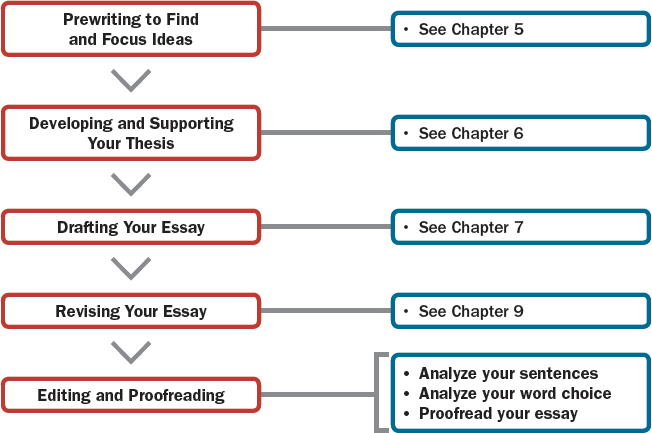Writing Quick Start: Editing Sentences and Words
10
Editing Sentences and Words
IN THIS CHAPTER YOU WILL LEARN TO
- analyze and edit your sentences for wordiness; repetition of type, length, and pattern; parallelism; and weak verbs,
- analyze and edit your word choice for tone, level of diction, overly general word choice, and use of clichés, and
- proofread effectively.
WRITING QUICK START
T
he photo on this page shows a sign with errors of grammar and punctuation. First, correct the errors. Then write a few sentences describing how errors like these affect viewers’ reaction to the message and their opinion of the sign’s creator.

When you identified errors in the sign and corrected them, you edited and proofread it. Editing and proofreading are processes of examining individual sentences and words and correcting them as needed so that each conveys the intended meaning accurately, concisely, and in an interesting and appropriate way. These are the last steps in the writing process (see Figure 10.1), and they are crucial. Because you are almost finished with your assignment, you may be tempted to hurry through or skip the editing and proofreading stage altogether. But as this Writing Quick Start demonstrates, careful editing and proofreading will always pay off in the end because an error-free essay is important to conveying your message effectively and establishing a positive relationship with your reader. This chapter will help you sharpen your sentences and refine your word choice.
